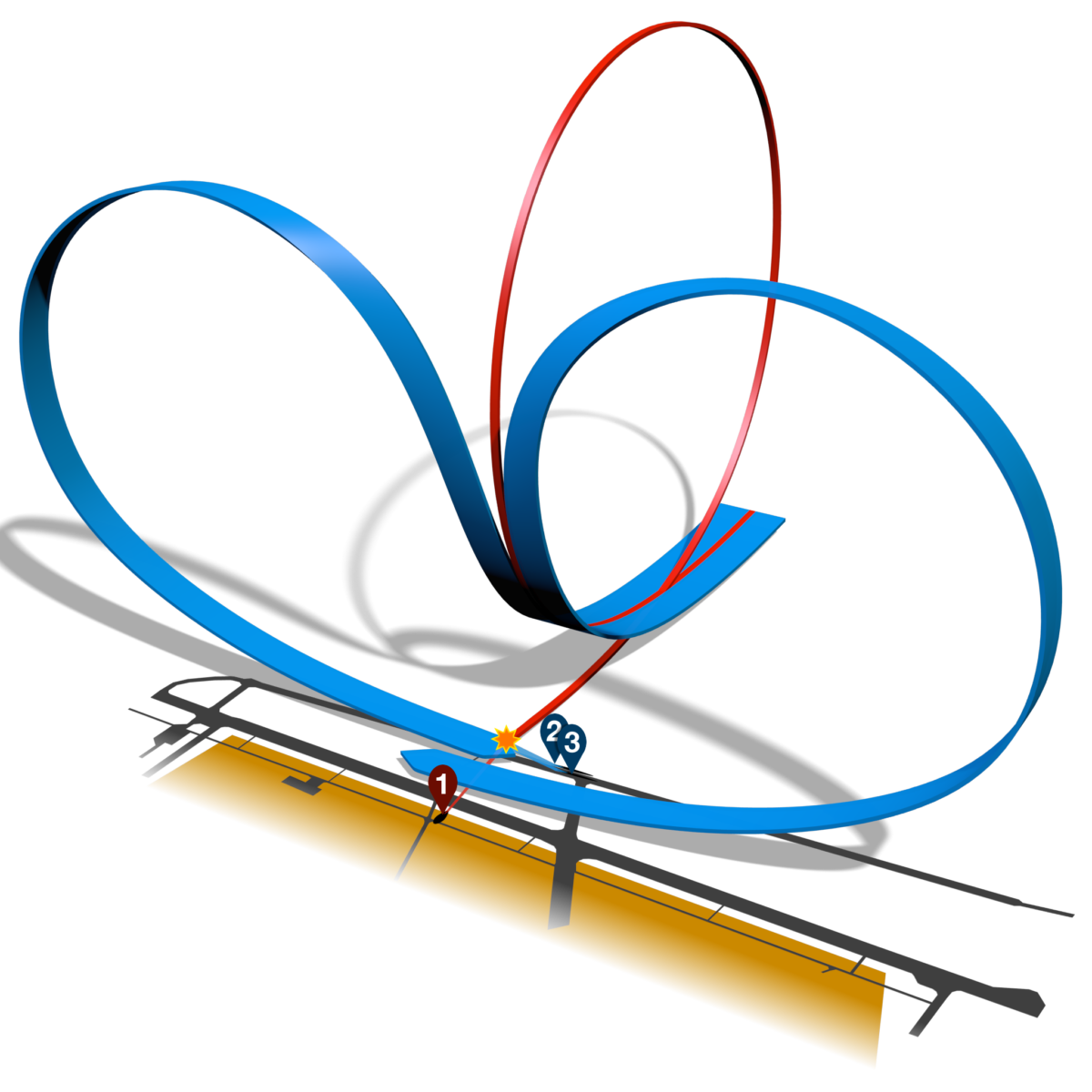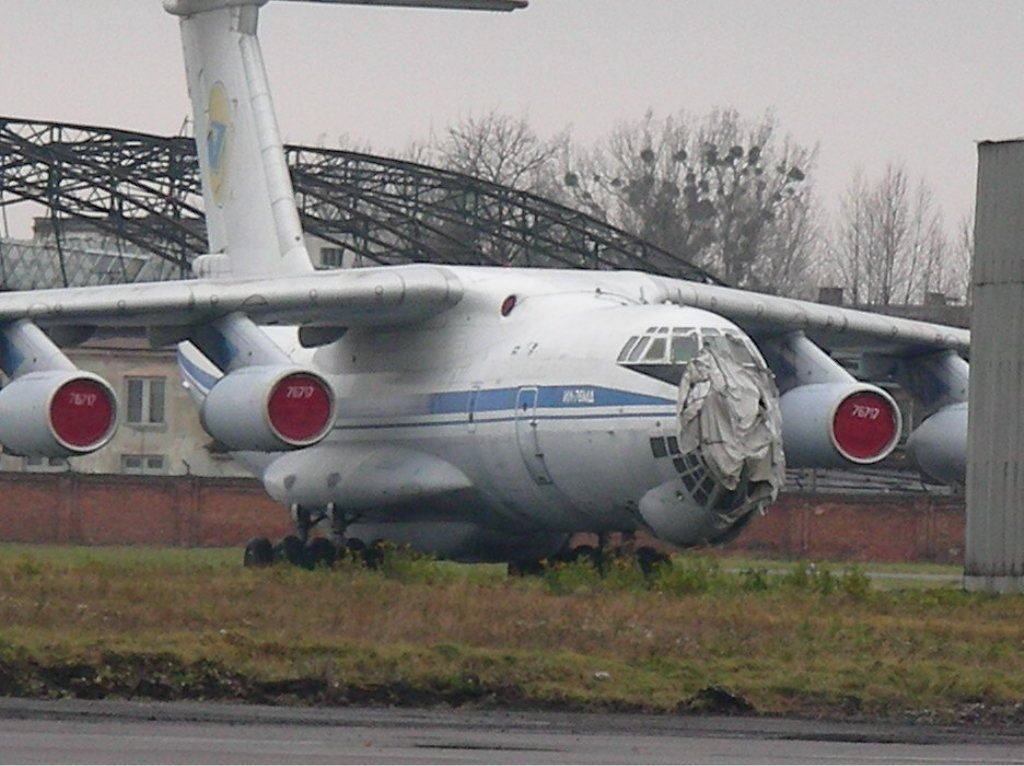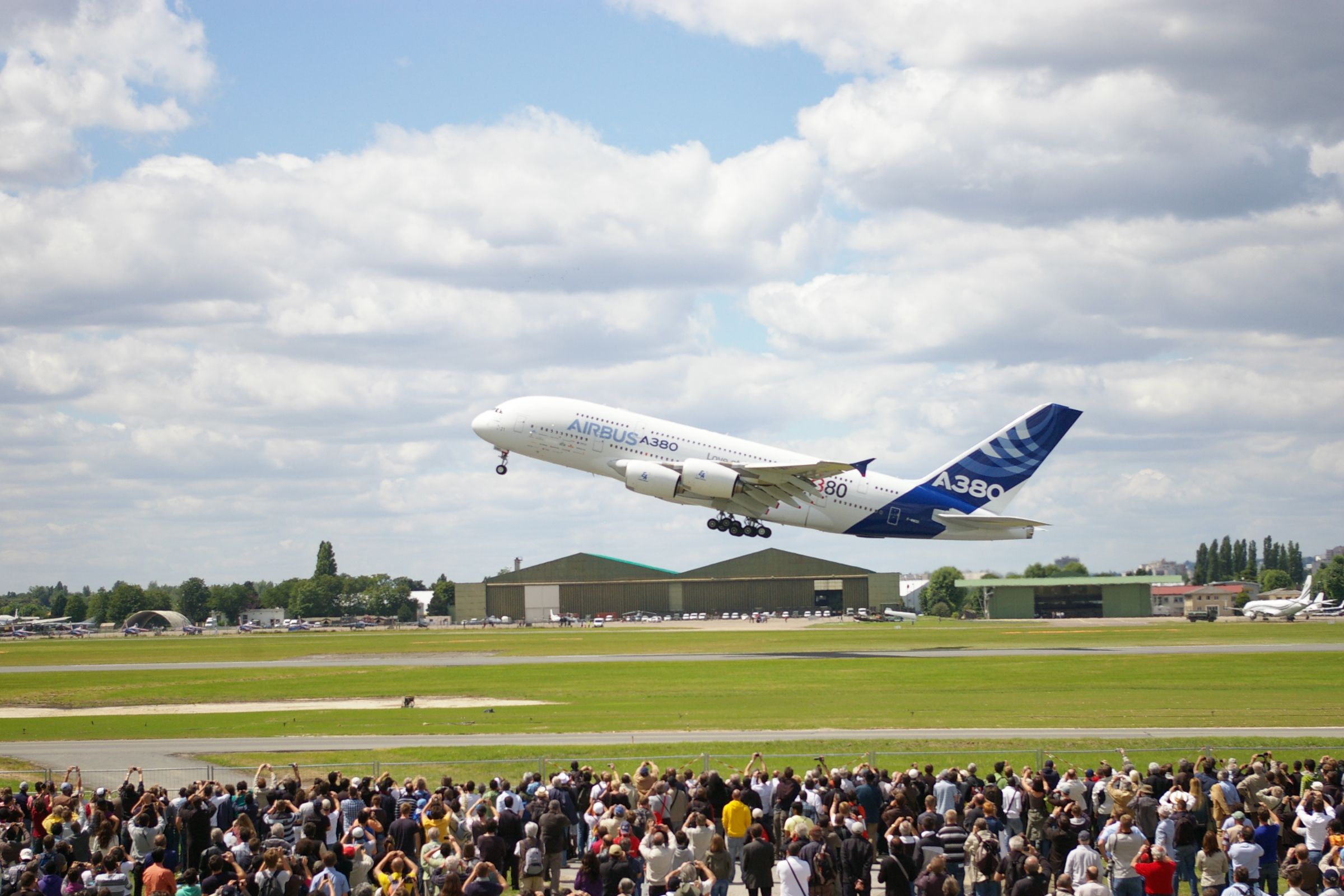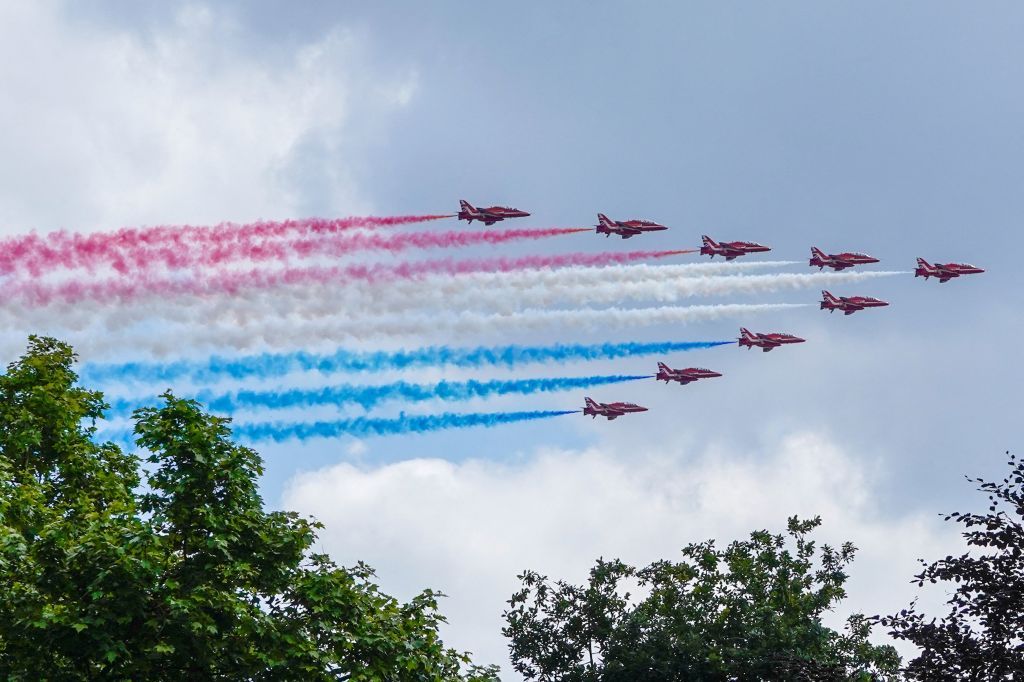As lovers of all things aviation, it's hard to imagine any of us miss the chance to attend an air show. While Farnborough, Paris, MAKS, and Dubai are held to showcase commercial and military aircraft to buyers, the vast majority of air shows are public gatherings designed to entertain spectators.
However, many people forget that they can also be extremely dangerous, as was the case in Ramstein, Germany, and Sknyliv airfield near Lviv, Ukraine.
The Ramstein air show disaster
Taking a look at the Ramstein air show disaster first, it occurred on August 28, 1988, during the Flugtag '88 airshow at Ramstein Air Base near Kaiserslautern, West Germany. The sunny summer afternoon saw a gathering of around 350,000, mainly German and American spectators enjoying what they hoped would be a fantastic day out.
Next up was the arrival of the Italian air force's elite aerobatics team, the Frecce Tricolori (Tricolor Arrows), and their single-seat Machhi MB-339As aircraft.
At 15:40, the ten brightly painted jets swooped over the crowd after having taken off fully fueled from a nearby airfield four minutes earlier.
The last maneuver of the display was Frecce's signature formation called the "pierced heart." The ten planes would swoop upward and then abruptly split apart with five peeling to the left and four rolling to the right leaving a single aircraft to fly between them as they flew past each other close to the ground. The pilot flying the solo plane that was supposed to pierce the heart was Lt. Col. Ivo Nutarelli, a 38-year-old Frecce veteran who had performed the maneuver 70 times.
The timing was all wrong
On the fateful day, Nutarelli got his timing wrong, flying higher than expected before diving down too fast. As the other nine planes passed each other at 350 miles per hour, Nutarelli knew he was flying too fast and did everything he could to slow his descent. Unfortunately, a collision was unavoidable, with Nutarelli's aircraft clipping Pony 2, piloted by Capt. Giorgio Alessio. Pony 2 exploded mid-air while Nutarelli's jet crashed into Pony 1, shattering its tail section before cartwheeling across the sky in flames.
Stunned onlookers on the ground couldn't believe what they were witnessing as Nutarelli's plane crashed in a grassy area just in front of them, sending nearly 300 gallons of ignited jet fuel into the crowd.
The collision and the ensuing debris and flames, killed dozens of spectators with hundreds more suffering horrific burns. The seven remaining Machhi MB-339As formed a dead man formation and return to Sembach Air Base.
They were not prepared
Despite Ramstein being a significant Air Force base, the American military and German civilian authorities were not prepared for a mass casualty event. Victims were being transported to hospitals anyway they could be, with the local telephone flooded with so many calls that it failed, leaving amateur radio operators to relay important messages.
The Ramstein air show disaster took 70 lives and caused severe injuries to a further 346. At the time, it was the deadliest air show disaster ever.
The Sknyliv air show disaster
While some lessons were learned from Ramstein, it did not completely prevent other incidents from happening. In fact, the Ramstein tragedy was followed by the deadliest air show disaster ever during a display at Sknyliv airfield near Lviv, Ukraine. The accident happened on July 27, 2002, when a Ukrainian Air Force Sukhoi Su-27 piloted by Volodymyr Toponar and co-piloted by Yuriy Yegorov crashed while performing an aerobatics display at Sknyliv airfield.
Arranged to commemorate the 60th anniversary of the Ukrainian Air Force's 14th Air Corps, the air show attracted 10,000 spectators unaware of what was about to unfold.
As the Su-27 entered a rolling maneuver with a downward trajectory at low altitude, it rolled upright and was still descending when the left-wing clipped the ground. Realizing that they had lost control of the aircraft, both pilots ejected and suffered only minor injuries.
The aircraft continued its trajectory, skidding across the ground and hitting a stationary Ilyushin Il-76 before exploding and cartwheeling into a crowd of onlookers. In total, 77 spectators were killed, including 28 children, while a further 543 were injured.
The aftermath
Following the Sknyliv air show disaster, Ukrainian President Leonid Kuchma publicly blamed the military and dismissed the air force's head, General Viktor Strelnykov.
When facing a military tribunal, both pilots claimed that the flight map of the airfield they had received differed from the actual layout of Sknyliv airfield. In their defense, the pilots also claimed that they had been denied a requested extra rehearsal flight before the show.
The prosecution claimed that the pilots were trying to perform a complicated maneuver that they had not done before and were slow to react to warnings issued by the flight computer. Also contributing to the tragedy was too small a flying zone and the spectators being allowed to be so close to the flight line.
Stay informed: Sign up for our daily and weekly aviation news digests.
On June 24, 2005, pilot Volodymyr Toponar and co-pilot Yuriy Yegorov were sentenced by a Ukrainian military court to serve 14 and 8 years in prison, respectively. The court found that along with the pilots, three other military members were guilty of negligence and failing to follow orders. Two were sentenced to six years in prison, while one of them got a four-year sentence. Following the verdict, Toponar said that he planned to appeal, insisting that the crash was due to technical problems and a faulty flight plan.
His co-pilot Yuriy Yegorov was released in 2008 after President Yushchenko issued a decree reducing his sentence to three and a half years.
Air shows can be dangerous
There’s no doubt that the pilots maneuvering planes at these air shows are highly skilled and at the top of their game. Still, despite all the practice and following all the protocols, sometimes even the tiniest of errors can start a chain of events, leading to unfortunate disasters.
Several other accidents during air shows have taken place over the years, including the 2011 Reno Air Races crash in Nevada, US (killing 11) and the 2015 Shoreham Airshow crash (also killing 11).
The very nature of these shows means that they allow planes to get closer to spectators for a thrilling experience. But civil authorities are now being mindful of learning from previous disasters and changing rules.
For instance, following the Shoreham Airshow crash, the UK's Civil Aviation Authority (CAA) tweaked regulations for vintage jet airshow displays that take place over land, restricting most of these aircraft to only performing high-level flypasts. This is primarily the reason why the RAF's Red Arrows couldn’t display at the Farnborough Airshow this year.
While no air show can be entirely foolproof, hopefully, enough lessons have been learned to make them safer.
What are your thoughts about air shows? Please tell us what you think in the comments.

.jpg)
.jpg)



